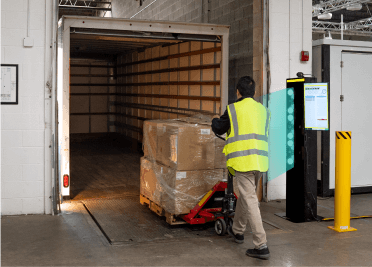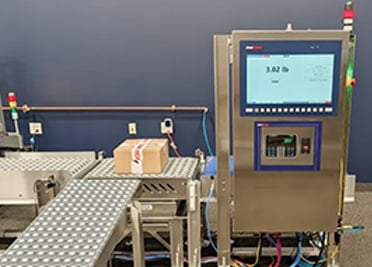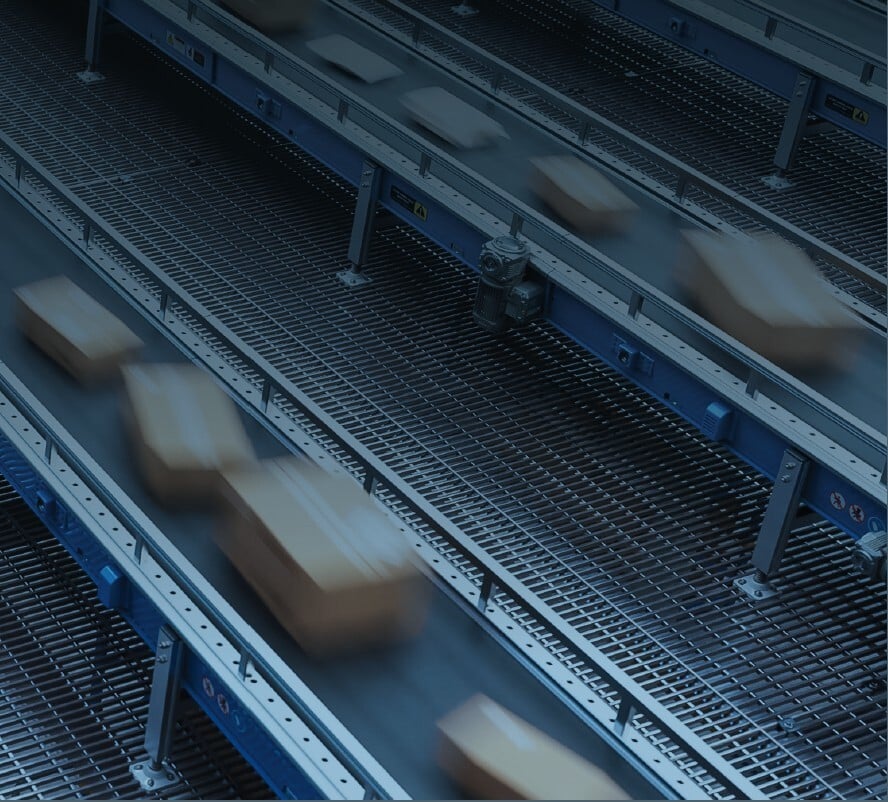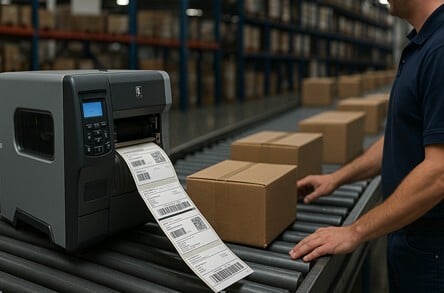When you need a bar code that can be easily read at long distances, stand up to damage and stores large amounts of data, AbeTech recommends you explore 2D matrix bar codes. Today we will discuss four of the most common types of 2D matrix bar codes and their applications.
Data Matrix
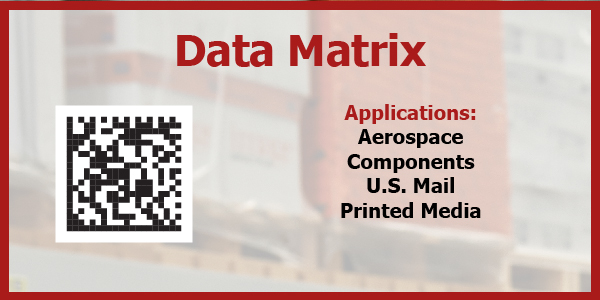
Data Matrix codes allow encoding of large amounts of data (up to 2,335 alphanumeric or 3,116 numerical characters) and use an error correction system to read codes that are as much as 40% damaged. They are made up of black and white cells in a square or rectangular pattern, a finder pattern and a timing pattern.
MaxiCode
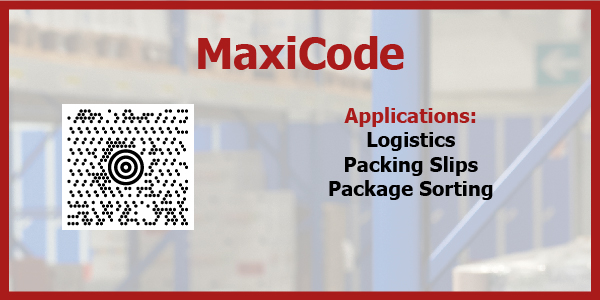
MaxiCode is a fixed-size code which holds up to 93 data characters. It is composed of a central bulls-eye locator and offset rows of hexagonal elements. It was created by United Parcel Service to allow quick, automated scanning of packages on high-speed conveyor lines (high powered image based bar code readers can read a MaxiCode on a carton traveling at up to 550 feet/minute or 168 meters/minute).
QR Code
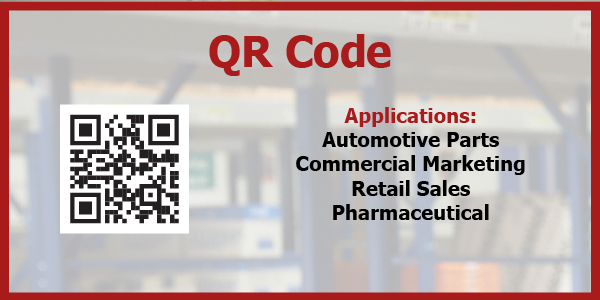
QR (Quick Read) codes contain square blocks of black cells on a white background with finder patterns in the top left, top right, and bottom left corners. QR was developed with the intention of being used for tracking parts during vehicle assembly. However, it has grown in popularity since the introduction of readers on smartphones, and it is now commonly used in printed marketing materials.
Aztec
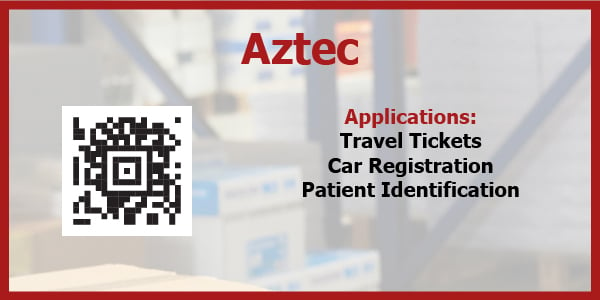
Named after the resemblance to an Aztec pyramid, the code is built on a square grid with a bulls-eye pattern at its center for locating the code. Data is encoded in concentric square rings around the bullseye pattern. Aztec codes have the potential to use less space than other matrix barcodes because they do not require a surrounding blank ‘quiet zone’.
Need the tools to read 2D matrix codes?
If you’re interested in increasing the functionality and durability of your bar codes by switching to 2D matrix bar codes, here are some questions to consider:
-
What are your contrast requirements?
-
What sort of depth of field will you be working with?
-
What kind of distance do you need between the reader and the code?
AbeTech will help you find the answers to these questions and suggest the appropriate 2D scanner or imager, fixed mount scanner or imager, or automated inspection system for your unique applications.
Call AbeTech now at 888.682.3113 or email us to learn more and request a free consultation.
